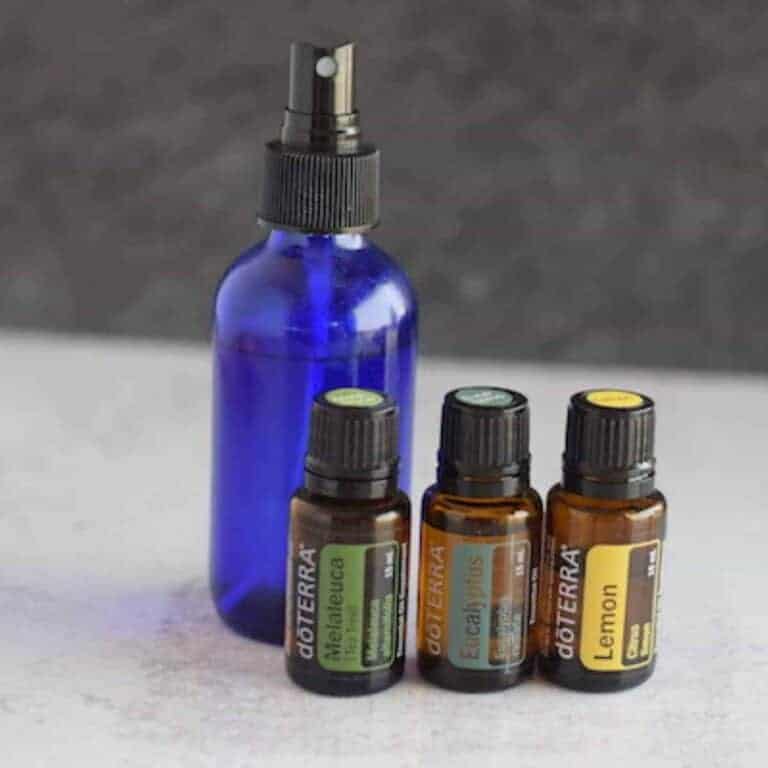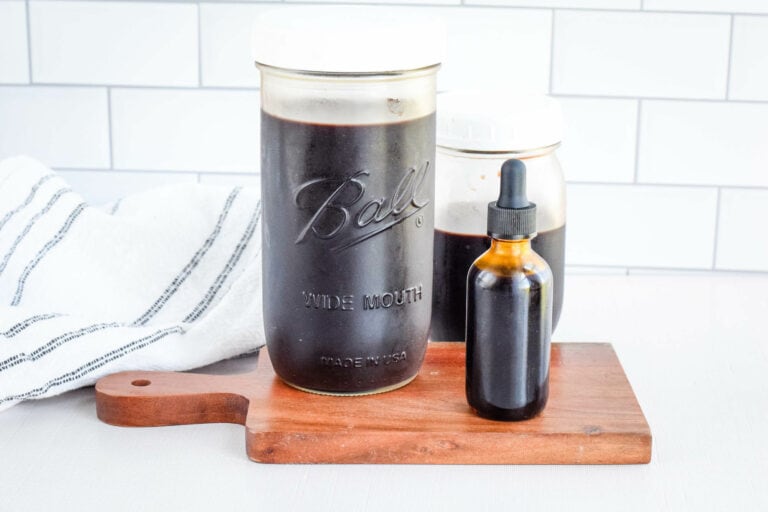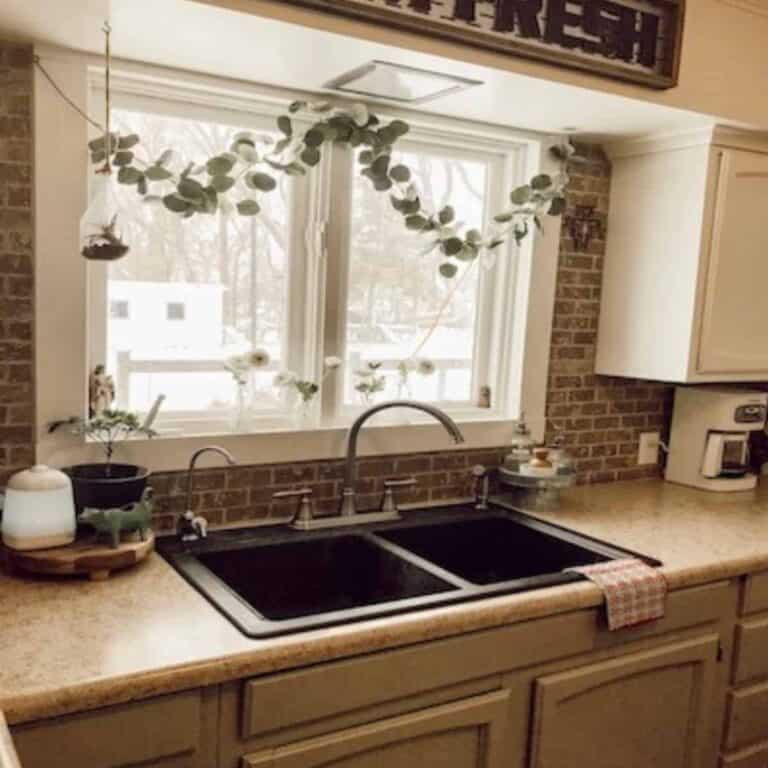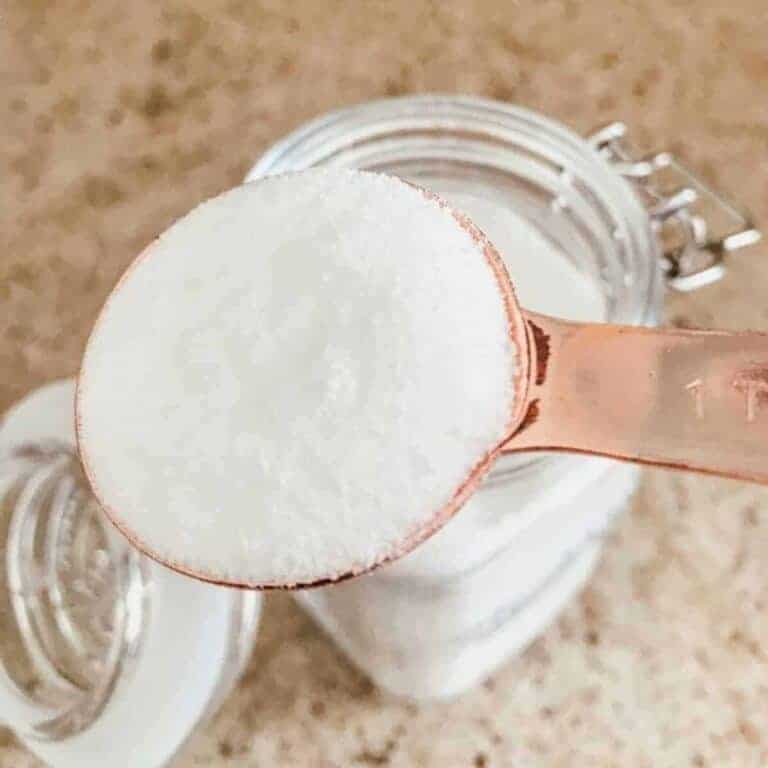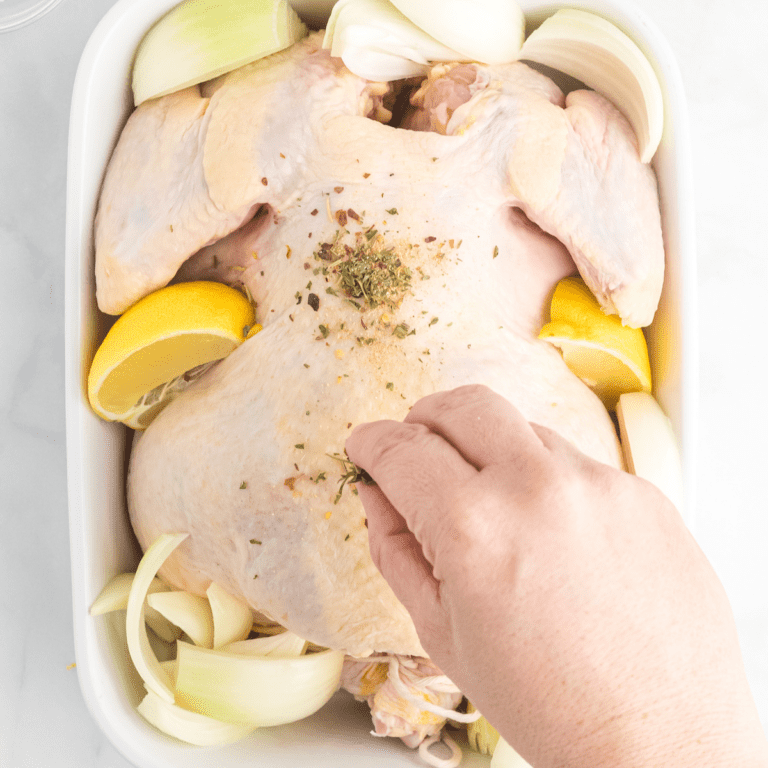How to Ditch Toxins from Your Home—One Room at a Time
Living a healthier, non-toxic lifestyle doesn’t have to be overwhelming or expensive. In fact, one of the most effective ways to clean up your home environment is to take it one room at a time. When you start small and work at your own pace, it’s much easier to make sustainable changes that stick.
If you’re ready to ditch the toxins and create a safer, healthier haven for your family, here’s how to get started—room by room.
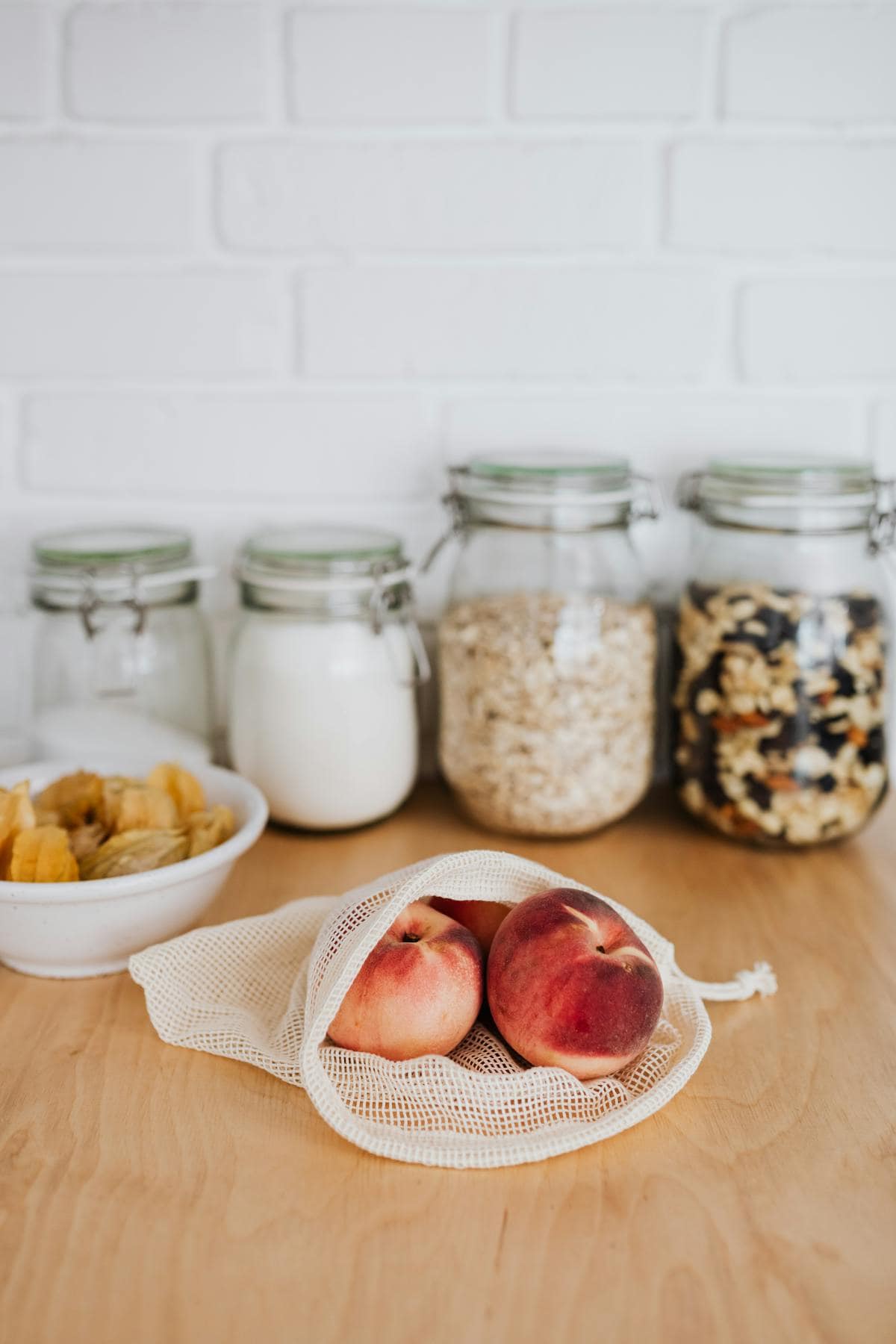
Why Detox Your Home?
Many everyday household items contain harmful chemicals that can contribute to allergies, hormone disruption, fatigue, respiratory issues, and even long-term health concerns.
These toxins often hide in:
- Cleaning supplies
- Synthetic fragrances
- Non-stick cookware
- Plastic food containers
- Conventional beauty products
- Air fresheners
- Laundry detergents
By replacing these products with safer alternatives, you can drastically reduce your family’s toxic load and create a home environment that supports long-term wellness.
What You’ll Need to Get Started
Although these are not essential towards the end goal, I’ve found that it is helpful to get started with some key items ready to go when undergoing the home detox process.
Preparing to detoxify your home can feel like a monumental task, but having everything in place makes it much easier. A thorough inventory ensures you’re not left scrambling mid-clean. Done right, this organization can make the process feel much less overwhelming and provide clarity as you tackle each room.
Here are a few helpful suggestions:
- Non-Toxic Cleaners: These are essential as they replace conventional chemical-laden products that threaten your health. Brands that promote eco-friendly and non-toxic formulations are a great place to start; look for those certified by third-party organizations. Be sure to stock up on a variety of cleaners to tackle different surfaces, from all-purpose to bathroom-specific options. You could easily DIY natural non-toxic cleaners, too. Branch Basics and Earthley are favorite non-toxic cleaning options.
- Reusable Cleaning Cloths: Opt for microfiber or other durable materials that can be washed and reused. This not only cuts down on waste but ensures optimal cleaning performance, capturing more dirt and reducing streaks. Decluttering your disposable options will also remind you to lean on more sustainable practices in your daily life.
- Air Purifiers: Investing in a quality air purifier can significantly improve indoor air quality, removing allergens and VOCs that contribute to various health issues. Look for models with HEPA filters for better filtration and a higher Clean Air Delivery Rate (CADR). Strategically place them in areas where you spend the most time, such as living rooms and bedrooms.
→ Check out my Amazon shop for some of our favorite options for a natural home.
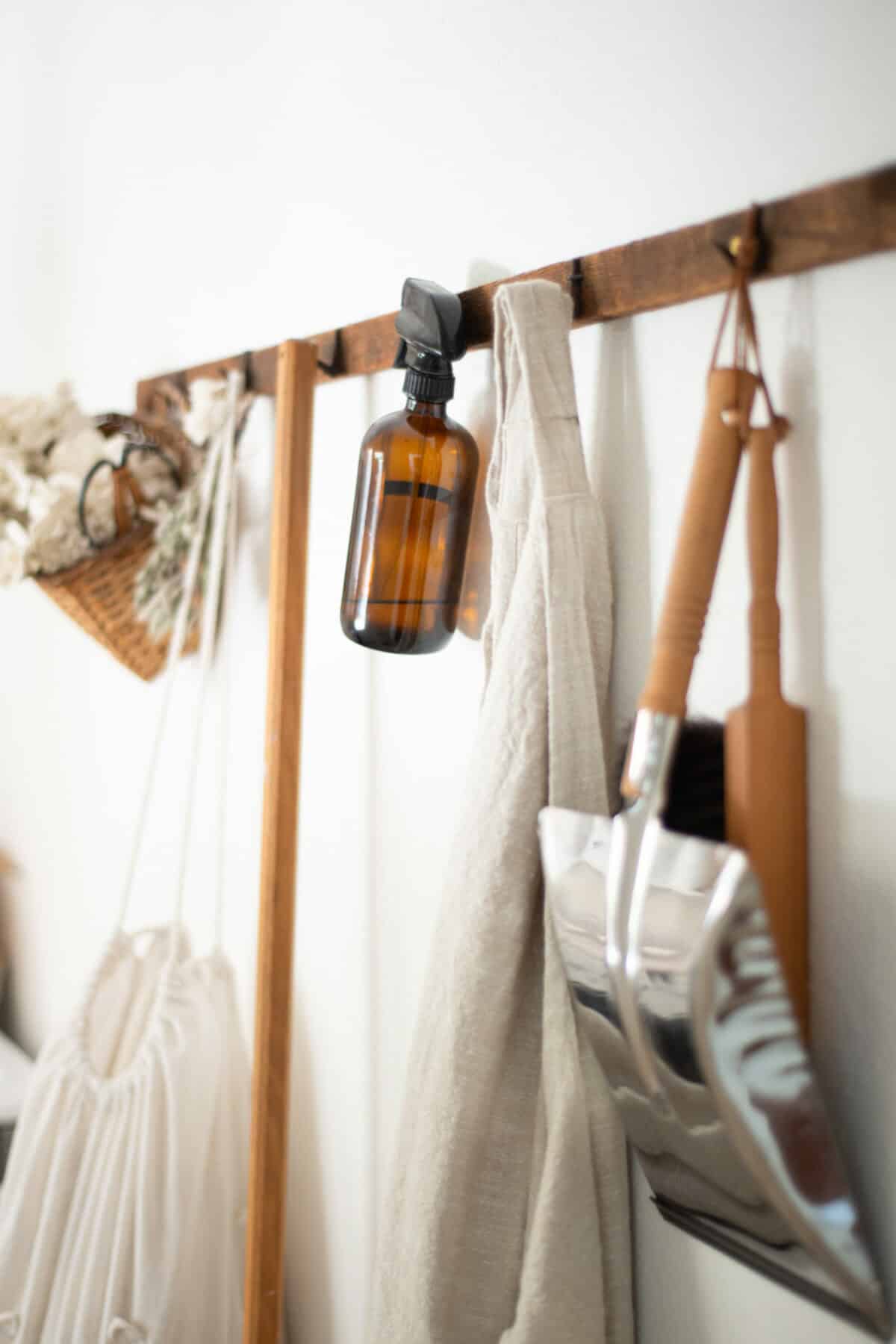
Assess Your Home’s Toxins
Knowing your enemy is half the battle. Walk through your home with a critical eye, identifying items that may be harboring toxins. From cleaning supplies to furniture, awareness is your first step toward making impactful changes. Document your findings so you can create an actionable plan without feeling overwhelmed.
And remember to start with small changes and build up over time!
If you’re not sure where to start or what to look for, I wrote a post about some of the most common toxic items in the home + what to replace them with.
Identify Cleaning Products with Harmful Ingredients
Take a good look at what you use—many common cleaning products contain harmful chemicals like phthalates and parabens. Read labels carefully and identify items that should be replaced with safer alternatives. The shift from conventional to eco-friendly cleaning will not only protect your health but also benefit the environment.
Examine Personal Care Products
Your skincare and grooming habits may be introducing unwanted ingredients into your home, especially those containing synthetic fragrances, sulfates, and artificial colors.
Audit your bathroom cabinet to determine what could be upgraded to a more natural option. Stay mindful of both health impact and ingredient transparency when choosing personal care staples.
Replace with clean beauty options. If you’re unsure, check out the Skin Deep database from EWG.
Check for Off-Gassing Furniture
Certain furniture items, particularly those made of pressed wood, can emit volatile organic compounds (VOCs) that compromise indoor air quality. If some older furniture can’t be replaced, consider airing them out in a well-ventilated space.
Recognizing potential toxic sources inside your home is key to transforming it into a safe haven. Armed with this knowledge, you can confidently take action by going room by room.
1. The Kitchen: Clean Food, Clean Tools
The kitchen is often the heart of the home, making it a critical starting point for your detox journey. It’s where you prepare meals and where many potential toxins may be lurking. A thorough makeover will not only enhance your health but also create a fresh and inviting atmosphere.
Focus on common sources of chemicals in your kitchen, ensuring you prioritize your well-being — food storage, cookware, and cleaning supplies.
Swap Ideas:
- Replace plastic containers with glass or stainless steel.
- Ditch non-stick pans for cast iron or ceramic.
- Switch to natural dish soap and unscented cleaners.
- Say goodbye to artificial fragrances and air fresheners.
- Consider glass or BPA-free plastic—there are eco-friendly options available for every purpose.
Bonus Tip: Store food in beeswax wraps or silicone bags instead of plastic wrap.
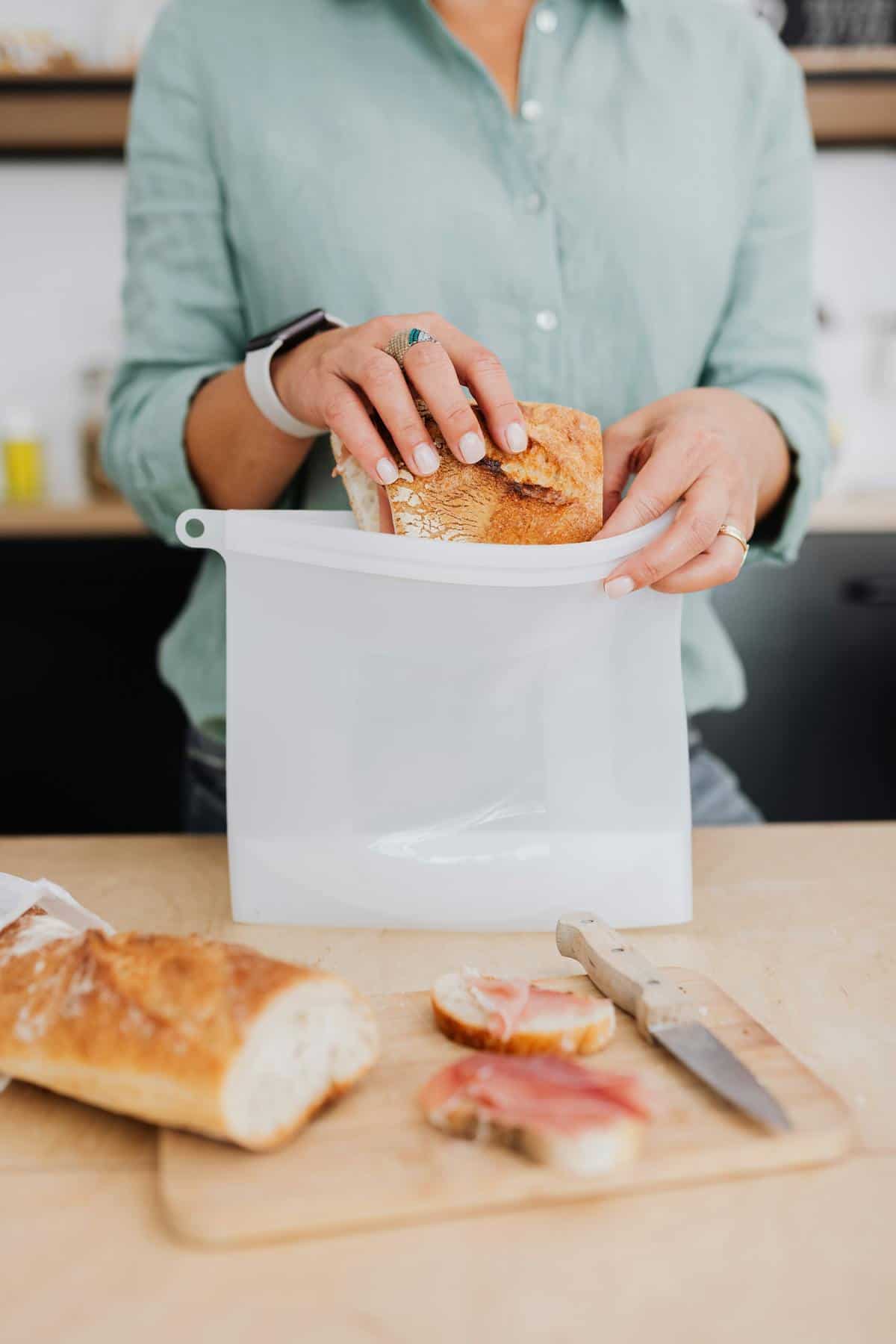
Replace Non-stick Cookware
Non-stick pans often contain harmful chemicals that can leach into food, especially when heated. Invest in alternatives like stainless steel, cast iron, or ceramic options that are safer and longer-lasting. These choices offer better durability and improve cooking performance, allowing for healthier meals without worry.
Evaluate Food Storage Choices
Traditional plastic food containers can harbor BPA and other harmful chemicals, potentially leaching into your food. Switch to glass or stainless steel options for a safer choice that preserves food quality. Consider jars or stackable containers that are easy to handle and organize in your kitchen. I really like these options from Ello for storing leftovers or meal prep.
Minimize Processed Foods
Many packaged foods are laden with preservatives, artificial ingredients, and other toxins. Focus on eating whole foods like fruits, vegetables, and grains to avoid unnecessary additives. By making healthier eating choices, you’ll cultivate a more nutrient-rich environment while reducing exposure to harmful substances.
Starting with your kitchen creates a solid foundation for a healthier home overall. Enjoy the positive effects these changes can have on your daily living, including the food you eat and the materials you interact with on a regular basis.
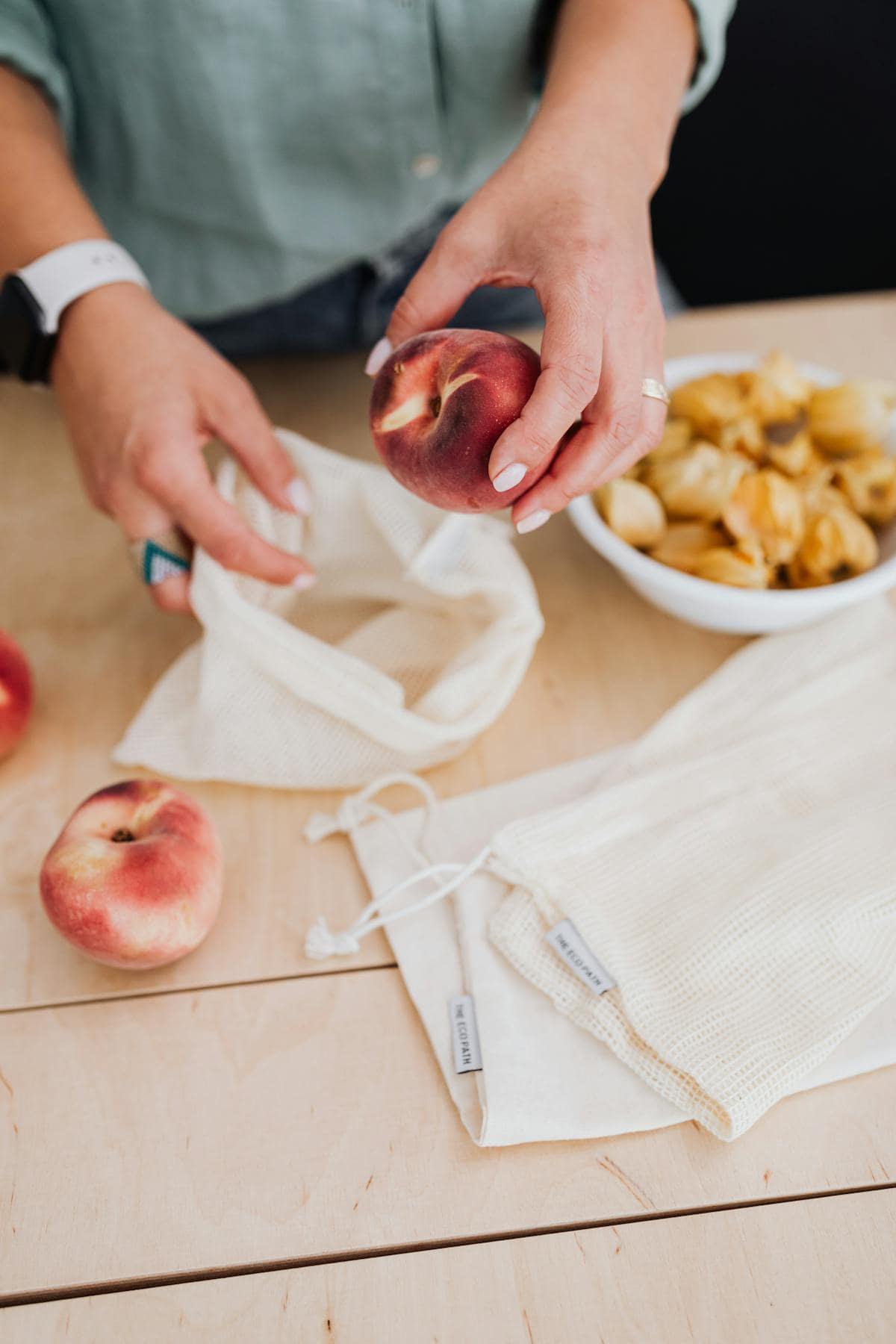
Helpful Tips for a Clean Kitchen
So, you’ve detoxed the kitchen, now what? Here are a few helpful tips to keep your kitchen clean for the long haul.
Related: From Scratch Kitchen 101 – How to Start a Traditional Kitchen
Maintain a Clean Fridge
Regularly check expiration dates and clean out any forgotten items. This promotes freshness and reduces the likelihood of consuming expired foods. A clean fridge reflects your commitment to health and well-being.
Reduce food waste with these helpful tips.
Use a Water Filter System
If necessary, test your water and choose a water filtration system to suit your needs. We recently had our water tested for nitrates and were shocked at how high they were. Until then, we were using a popular brand of water filters. However, they did not remove nitrates, so we had to invest in a heavy duty reverse osmosis system. You can usually get your water tested through your local Natural Resources District.
Choose Organic When Possible
Opt for organic fruits and vegetables to lower pesticide exposure. This choice not only provides better nutrition but also supports sustainable farming practices. Being mindful of your food choices can lead to significant health benefits.
Plan Your Meals
Implementing a meal plan can help avoid processed options and takeout. Preparing ingredients ahead of time makes healthy cooking more accessible and enjoyable. This practice helps establish positive habits that support a toxin-free lifestyle.
Experiment with Cooking Methods
Discover healthier cooking techniques such as steaming or roasting that maintain flavor without added fats. These methods promote wholesome meals that fit well within your detox goals. Be creative in the kitchen to make nourishing food exciting and easier to stick with long term.
Invest in a Garden
Grow your own herbs or vegetables to enjoy fresh produce free from harmful chemicals. Gardening can cultivate healthy living and improve your diet significantly. Just a small window box can yield delightful flavors for your cooking. I even started my first garden in small pots on my apartment balcony before I was married.
→ Check out our organic gardening category to get started!
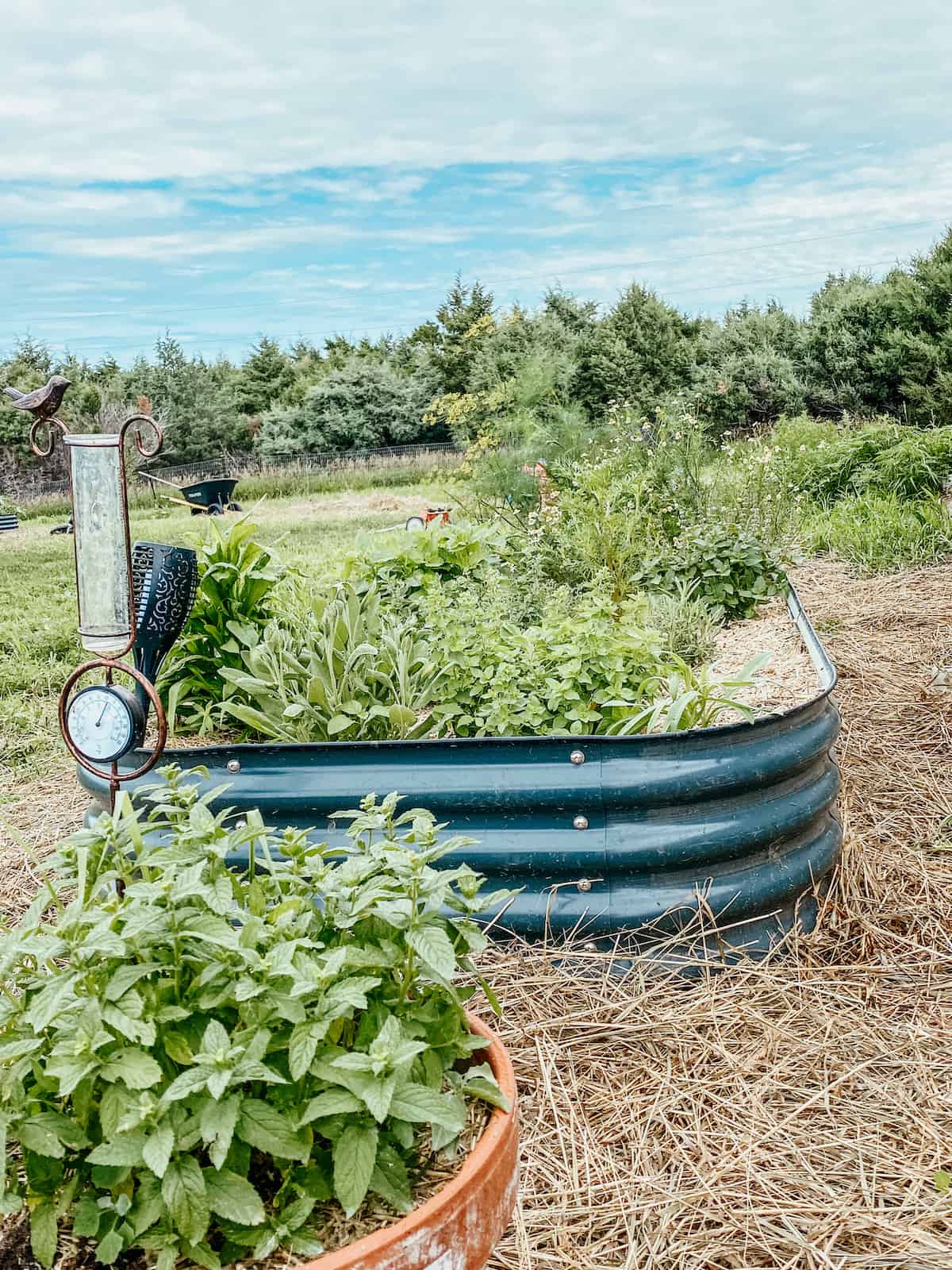
2. The Bathroom: Simplify Your Self-Care
Personal care and hygiene products are some of the most toxic in the home, but they’re also some of the easiest to replace.
Bathrooms can be a source of surprising toxins due to the various products they hold. This space often remains neglected in discussions of toxic substances, making it a key area for a fresh start. By focusing on this often-overlooked room, you’ll foster a cleaner, healthier atmosphere for your daily routines.
Swap Ideas:
- Choose aluminum-free deodorant and fluoride-free toothpaste.
- Use soap and shampoo bars made from simple, real ingredients.
- Switch to reusable makeup remover pads and non-toxic skincare.
- Replace synthetic candles with beeswax or essential oil diffusers.
Bonus Tip: Read labels—look for products with fewer ingredients and ones you can actually pronounce.
Swap Traditional Cleaning Products for Natural Ones
Ensure that bathroom cleaners are free from harsh chemicals that can irritate the skin and airways. Opt for natural formulas or homemade options with vinegar and baking soda. You’ll be amazed at how well these alternatives perform while keeping your bathroom safe. Fresh lemons or lemon essential oils are also a favorite for cleaning in our home.
Evaluate Personal Care Products
Skincare and haircare products frequently contain parabens, sulfates, and other harmful agents. Review your shelves and discard any items that don’t align with safe, natural alternatives. Be selective with what you add, choosing brands focused on clean ingredients.
Install a Shower Filter
A shower filter helps remove chlorine and other contaminants from your shower water, promoting healthier skin and hair. This small investment can lead to long-lasting benefits for your body. Installing filters ensures your home is a safe haven as you relax.
Prioritizing the bathroom for detoxing is pivotal for overall health, impacting both skin and personal well-being. Each step taken in this space supports a holistic approach to reducing toxins in your life.
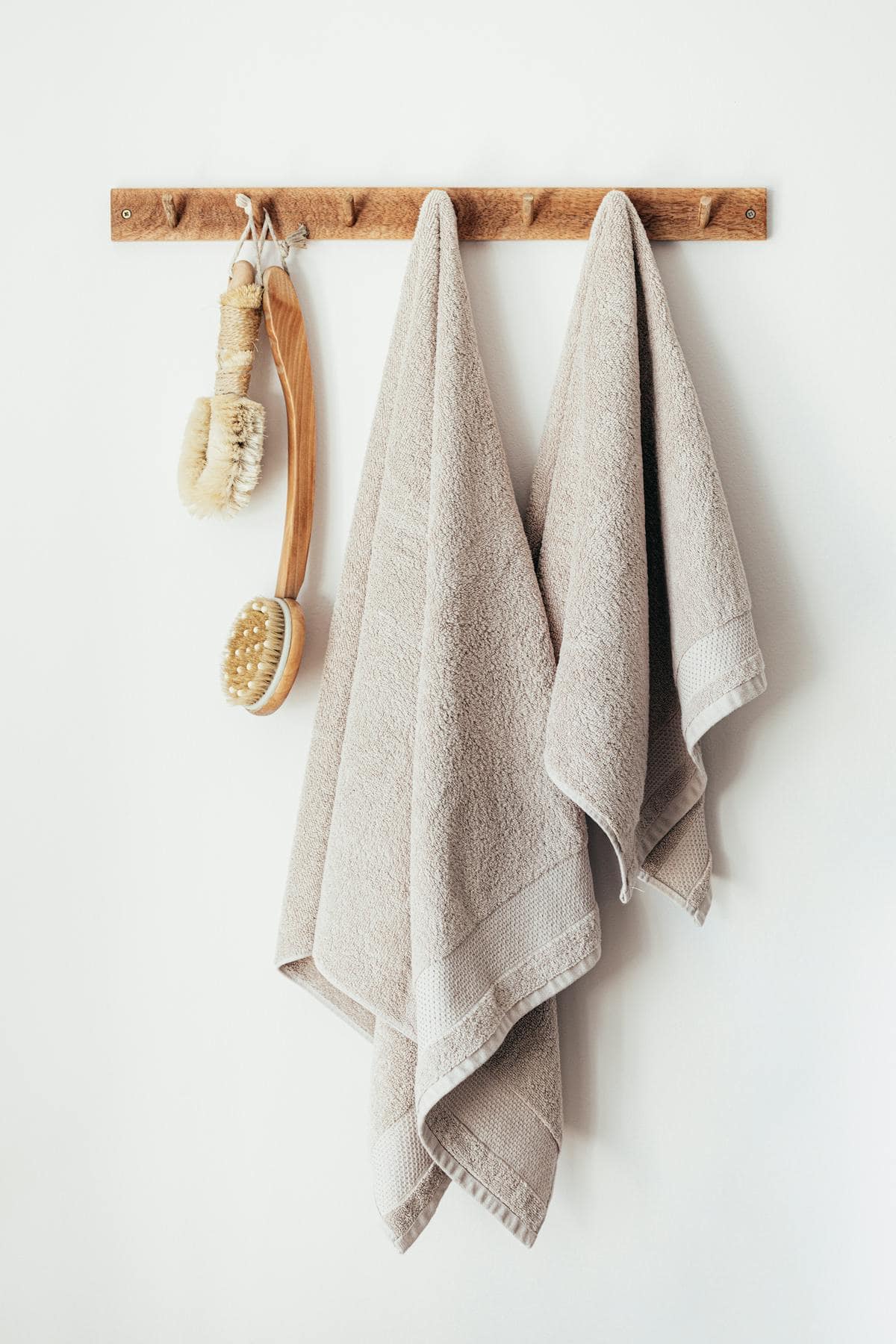
Organize for Easy Access
Keep only frequently used items on hand, and store the rest away. A well-organized bathroom minimizes clutter and promotes a healthy life as you go about your routine.
Use Glass Storage Containers
Switch out plastic for glass for storing your toiletries and supplies. This improves both the aesthetic of your space and reduces chemical leaching.
Know What You Are Applying
Research and understand the ingredients in your grooming products to make informed choices. Awareness of product contents can prevent toxic exposure while enhancing your personal care.
Related: Homemade Natural Deodorant (that actually works)!
Incorporate Greenery
Add plants to your bathroom to improve air quality and aesthetics. Ferns and peace lilies thrive in humid environments while enhancing visual appeal.
Create a Self-Care Corner
Set up a space with relaxation essentials, like a favorite book or aromatherapy candles. This dedicated corner encourages you to unwind after a long day, promoting self-care routines.
DIY Beauty Treatments
Consider making your own skincare or hair products using natural ingredients. Home remedies can offer fresh alternatives to commercial products, providing soothing benefits.
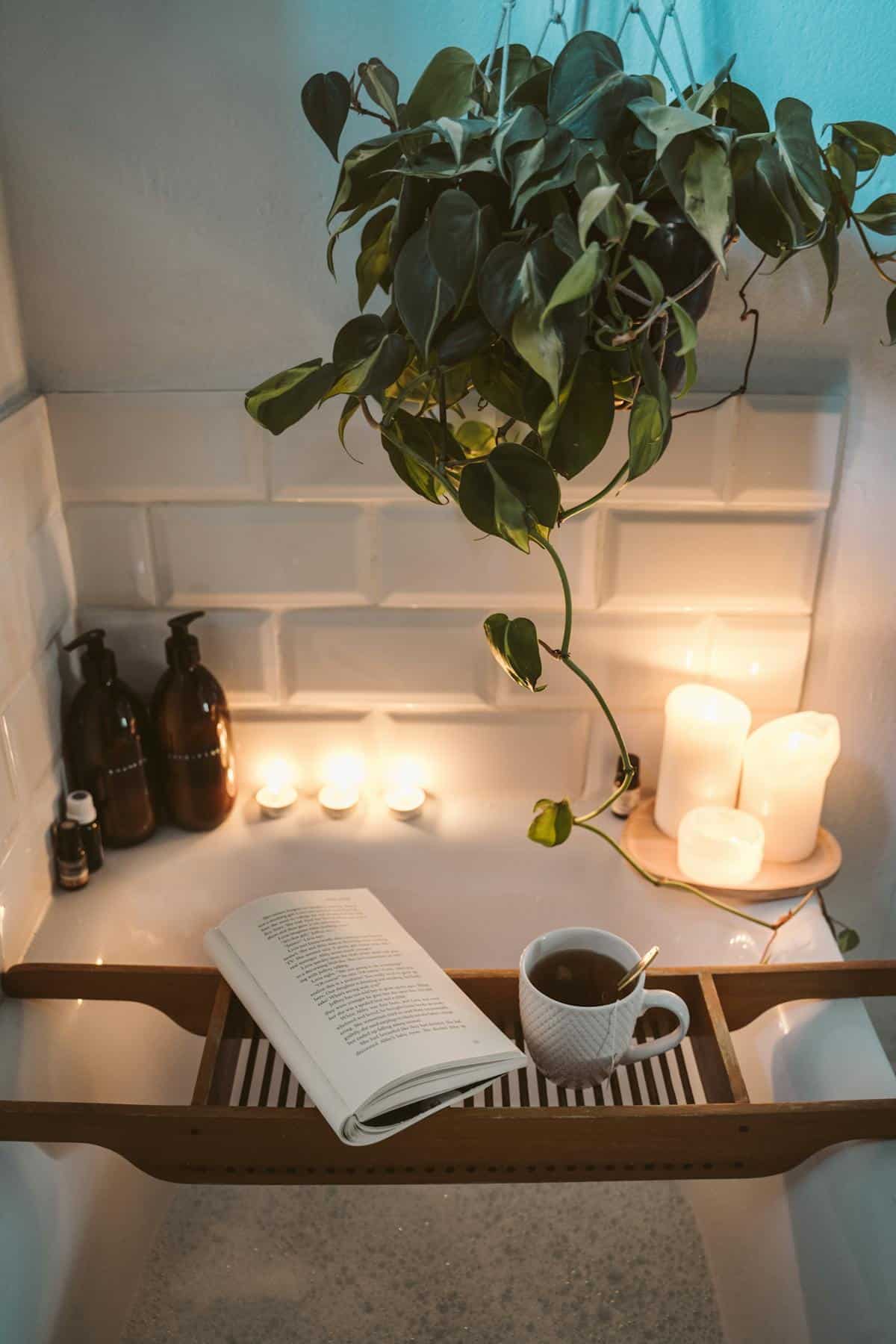
3. The Laundry Room: Rethink “Clean” Smells
The laundry room is often an area filled with potential hidden toxins, from laundry detergents to dryer sheets. Cleaning and refreshing this space can have a significant impact on your family’s health, improving the quality of the fabrics that touch your skin.
Focusing on sustainable practices in this room aids in your aim to create a toxin-free home overall. Conventional laundry detergents, fabric softeners, and dryer sheets are loaded with synthetic fragrances and harsh chemicals.
Want to save this?
Swap Ideas:
- Use a DIY or store-bought natural laundry detergent.
- Try wool dryer balls with a few drops of essential oil.
- Skip fabric softener altogether—vinegar works great!
- Choose fragrance-free, biodegradable options when possible.
- Consider hanging clothes to dry on a line outside.
Bonus Tip: Add baking soda to your wash for extra freshness and odor control.
Choose Eco-Friendly Laundry Detergents
Opt for plant-based, biodegradable detergents that are free from phosphates and synthetic fragrances. These options clean effectively without the harsh chemicals found in traditional brands. Ensuring that your laundry will not contribute to indoor air pollution is vital for health.
Skip the Dryer Sheets
Most conventional dryer sheets contain harmful chemicals that can emit VOCs. Choose alternatives like wool dryer balls, which reduce static while softening fabric naturally. Using them not only promotes a healthy environment but also helps save on dryer time and energy.
Assess Your Washing Machine’s Water Quality
Hard water can affect both laundry results and fabric longevity. Investing in a water softener can elevate washing performance while reducing detergent usage. Clean appliances tend to function better and last longer, promoting household efficiency.
Revamping your laundry room is another essential element in your journey toward a toxin-free home. Simple adjustments can create a refreshing and clean space while improving the quality of your laundry work.

A few more laundry room ideas
Hang Clothes to Dry
Fortify air circulation in your laundry room by hanging clothes to dry. This natural approach protects fabric integrity while reducing energy consumption.
Incorporate Aromatherapy
Utilize essential oils in your laundry routine to add natural fragrance and offer calming properties. Lavender or citrus scents provide delightful options that enhance your laundry experience.
Reorganize for Functionality
Invest time in organizing your supplies for easy access. Smart arrangement can save time and streamline your laundry process, promoting efficiency in household chores.
4. The Living Room: Clear the Air
Your living areas are where you and your loved ones spend time relaxing and bonding, making it vital to ensure they are free of toxins. A simple refresh can lead to improved air quality and enhanced comfort. Assessing your living space is another opportunity to greet a healthier lifestyle with open arms.
Your living space should be a place to unwind—not a place where VOCs (volatile organic compounds) linger in the air from furniture, electronics, and cleaners.
Swap Ideas:
- Open windows daily for fresh air.
- Bring in houseplants that naturally purify the air (like snake plants or peace lilies).
- Clean with vinegar and essential oils instead of chemical sprays.
- Avoid synthetic air fresheners and plug-ins.
Bonus Tip: Use a HEPA air purifier, especially if you have pets or seasonal allergies.
Declutter and Donate Items
Start by clearing out unused items and belongings that no longer serve you. This not only creates physical space but also emotional freedom as you lighten your load. Donate items that are still in good condition to local charities, helping others while you declutter your own transition.
Swap Scented Candles for Natural Options
Many candles release harmful chemicals when burned, contributing to indoor air pollution. Opt for soy or beeswax candles infused with essential oils for safe and pleasant aromas. These not only cleanse the air but create a calming environment for you and your family.
Check for Indoor Air Pollutants
Be mindful of dust, mold, and other household particles that could contribute to respiratory issues. Regularly clean surfaces to minimize allergens and also invest in a good vacuum with HEPA filters. This minimizes the buildup of indoor contaminants so your living space remains inviting and healthy.
A clean living space contributes extensively to your well-being by promoting relaxation and health. The steps you take now can lead to a more tranquil home life that benefits all family members.
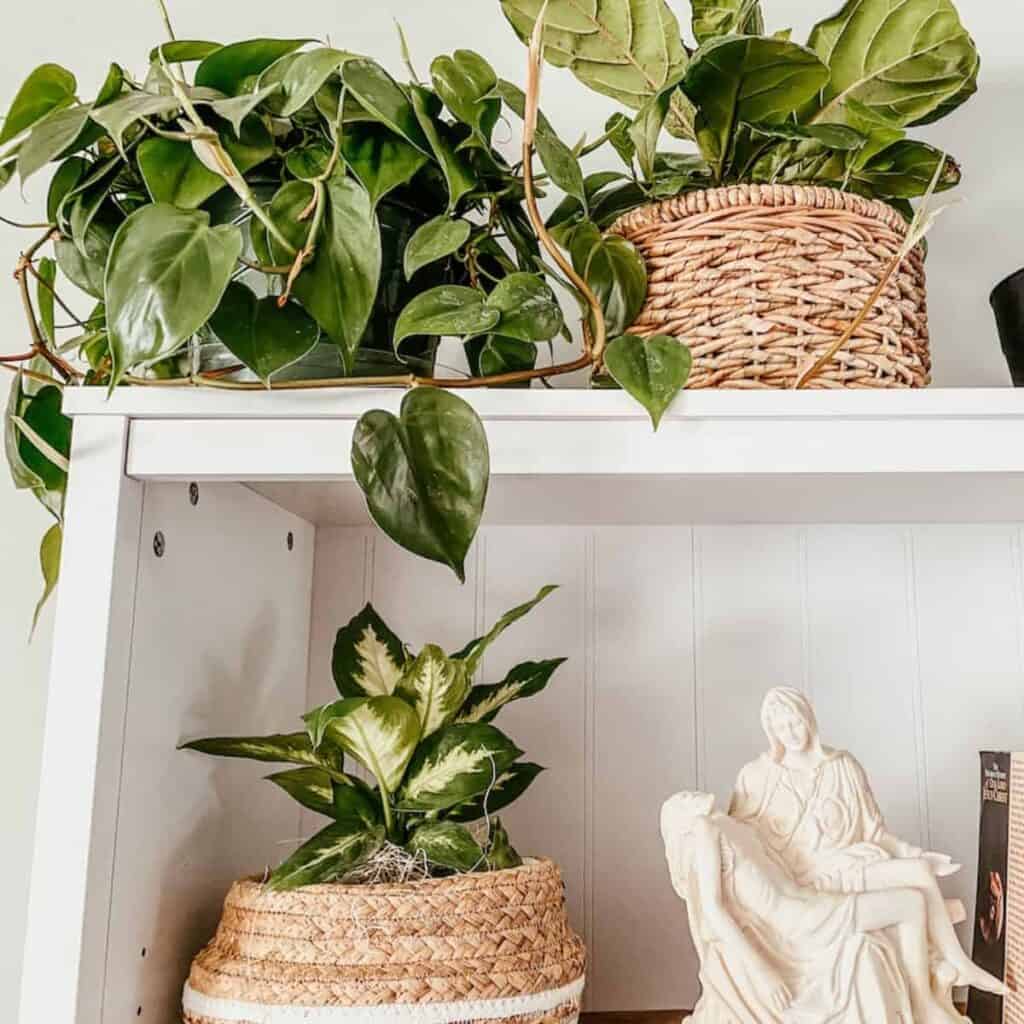
More helpful tips
Assess Furniture for Toxic Finishes
When purchasing new furniture, check for materials like formaldehyde and opt for natural finishes instead. This proactive approach significantly reduces toxic exposure while maintaining a stylish home.
Rotate Decor Seasonally
Regularly changing decorative items prevents the accumulation of dust and allergens. Seasonal refreshes can reinvigorate your living space while also supporting a healthier environment.
Invest in Eco-Friendly Paint
If you’re planning to redecorate, choose low or no-VOC paint for healthier indoor air. This choice ensures your refreshed walls contribute to a healthier living space without compromising aesthetic appeal.
Pro tip: don’t go overboard or obsess about redecorating if it isn’t within your budget!
Create a Reading Nook
Set up an inviting corner with natural light and comfy seating filled with your favorite books. This space offers a quiet retreat, serving to promote relaxation.
Introduce a Sound Machine
Adding soothing sounds can create a peaceful atmosphere in your living space. Gentle white noise can help drown out distractions and enhance your well-being at home.
Curtain with Care
Opt for eco-friendly window treatments like organic cotton or linen, which are free from harmful coatings. Such choices balance aesthetics and function while promoting a room’s air quality.
5. The Bedrooms: Rest Easy Without Toxins
Creating a clean, restful sleep environment is essential for wellness—especially for children. Your bedroom should be a sanctuary, a place to recharge and escape the stresses of the day.
Creating a toxin-free sleeping environment can profoundly impact your well-being and quality of sleep. Focusing on this space is an essential step in your holistic detox journey.
Swap Ideas:
- Wash bedding with non-toxic detergent.
- Use organic cotton sheets and natural-fiber mattresses (when budget allows).
- Eliminate artificial fragrances, candles, and plug-ins.
- Keep electronics out of the bedroom and unplug devices at night.
Bonus Tip: Diffuse calming essential oils like lavender before bed.
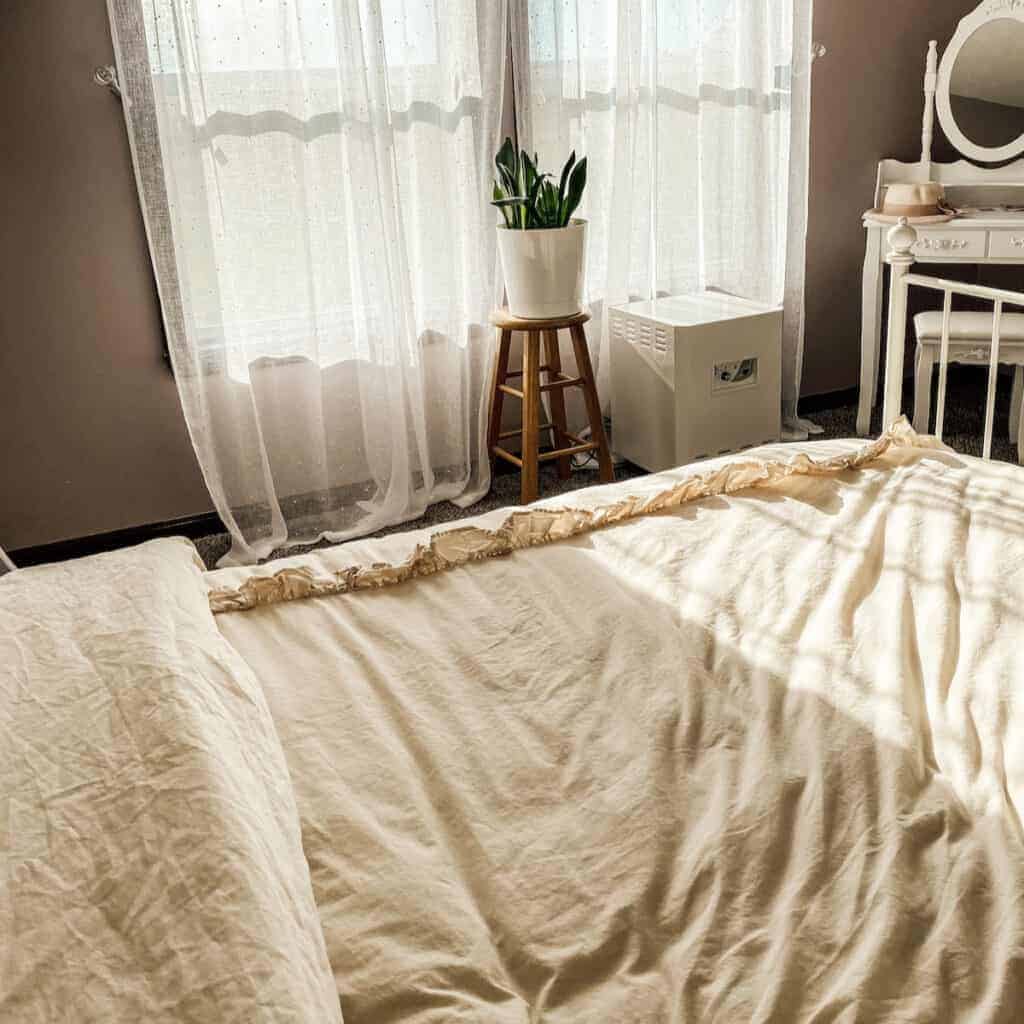
Invest in Organic Bedding
Selecting organic sheets, pillows, and comforters helps eliminate exposure to chemicals often found in conventional bedding materials. Look for items made from organic cotton or linen to promote a healthier sleep environment. Upgrading to natural options not only improves your health but also enhances comfort.
Minimize Electronic Devices
Reducing the number of electronics in your bedroom limits exposure to electromagnetic fields (EMFs), which can disrupt sleep patterns. Keep the device count low, opting for a simple alarm clock instead of your phone. This helps create a calm environment conducive to relaxation and sleep.
Freshen Up with Natural Scents
Choose essential oil diffusers or natural sprays instead of synthetic air fresheners. These natural alternatives can promote relaxation and balance, setting the stage for restful nights. Consider oils like lavender or chamomile, which are known for their soothing properties.
Creating a healthier bedroom environment is not just about improving air quality but also about cultivating tranquility and comfort. By implementing these changes, you’re enhancing your sleep experience, ultimately benefiting your overall health and well-being.
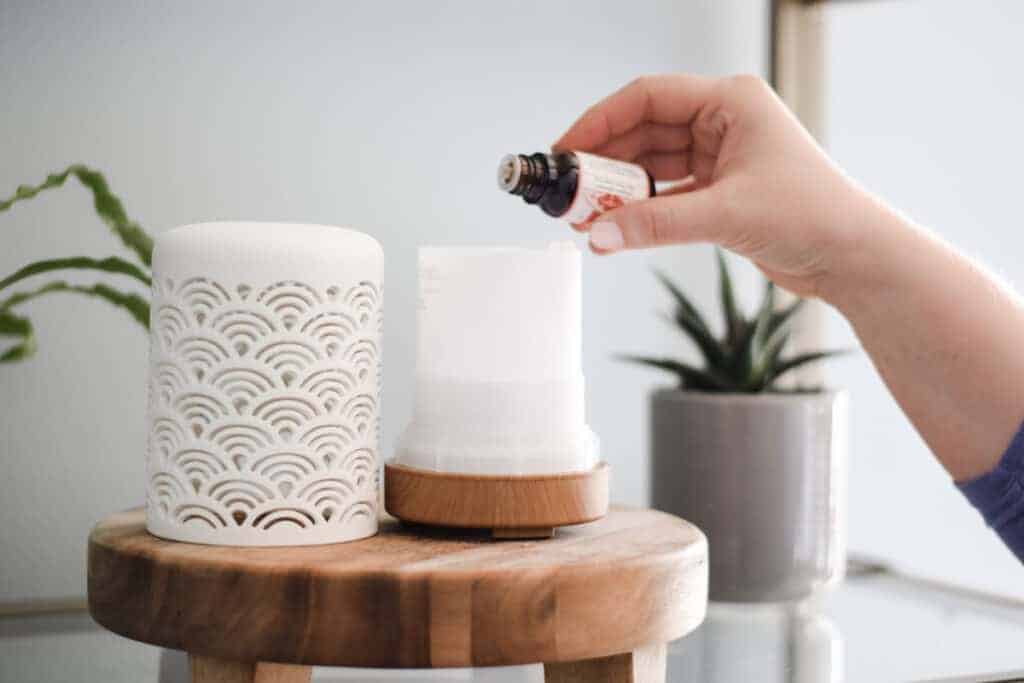
More Non-Toxic Ideas for the Bedroom
Utilize Natural Light
Letting in natural light during the day can positively affect your mood and sleep quality. Open blinds and drapes to invite sunlight, promoting a better sleep-wake cycle. Nature provides a wealth of benefits that can be easily harnessed within your own bedroom.
Calibrate a Sleep Routine
Establish a consistent bedtime routine to signal to your body that it’s time to wind down. A relaxed schedule can create lasting improvement in your sleep quality. Having this habit ingrained helps everyone in the household get the rest they deserve. Limit electronics and blue screens at least an hour before bedtime and find a routine that helps promote rest for yourself and family.
Invest in a Non-Toxic Mattress
If you’re on the hunt for a new mattress, look for mattresses free of harmful chemicals and flame retardants. Comfortable alternatives like latex foam or organic mattresses not only support health but can also enhance sleep quality. Your choice of mattress can lay the foundation for a balanced, restful environment.
Maintenance Ideas for a Toxin-Free Home
Keeping your home toxin-free is an ongoing process rather than a one-time effort. Implementing sustainable habits ensures the changes you’ve made remain effective over time. This stage focuses on establishing routines that help maintain a toxin-free lifestyle effortlessly.
Establish a Regular Cleaning Routine
Routine cleaning can drastically reduce the accumulation of dust, allergens, and other toxins. Design a calendar that includes daily, weekly, and monthly tasks to keep your home clean and healthy. Keeping items tidy reinforces the commitment you’ve made to maintaining a healthier living space.
If you have children, have them get involved! This is such a healthy routine and habit to form in children while they are young.
Monitor Air Quality Regularly
Invest in indoor air quality monitors to stay informed about VOC levels and other pollutants. Utilizing these tools allows you to detect any fluctuations and take action when necessary. Keeping an eye on air quality is foundational for a tox-free setting.
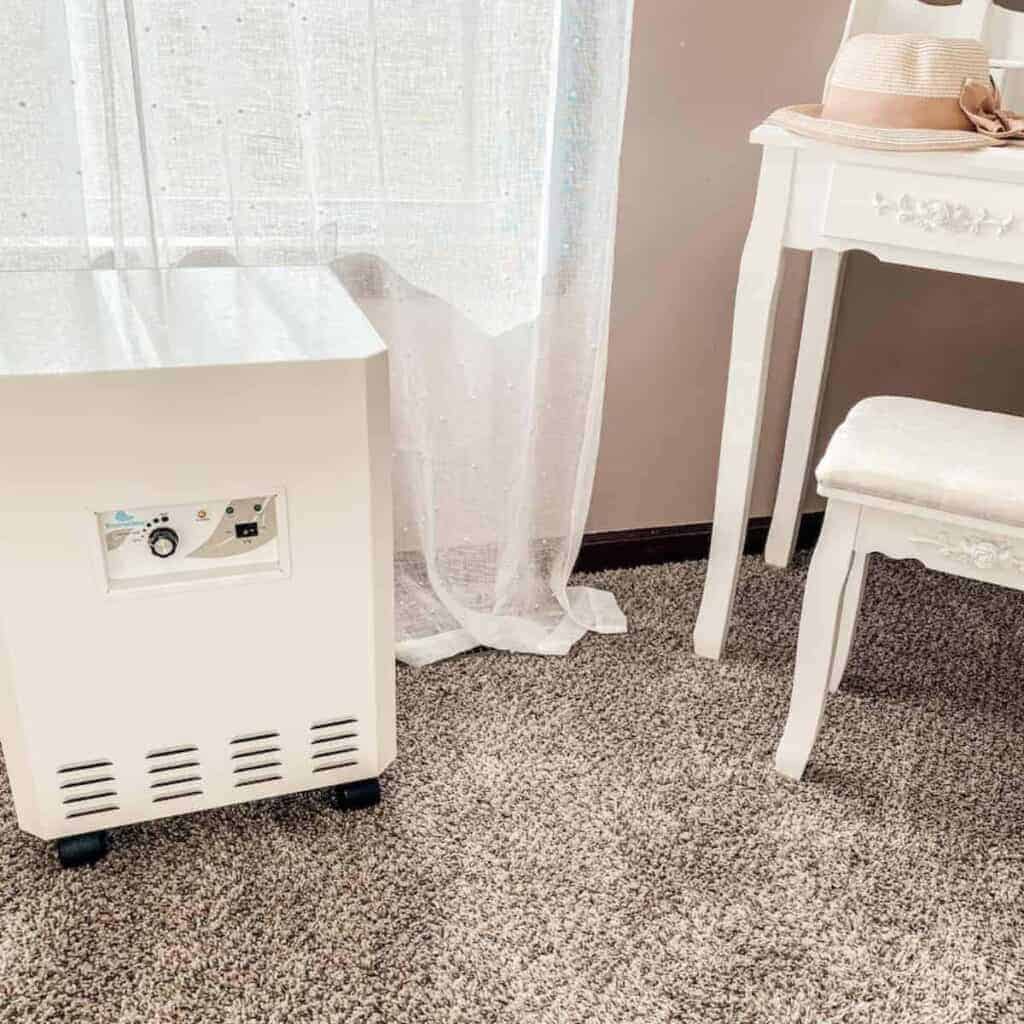
Make Toxin-Free Choices While Shopping
Stay vigilant when purchasing new items for your home. Choose natural materials and eco-friendly products in all categories—from cleaners to furniture—to prevent introducing toxins. This proactive approach reinforces your dedication to a toxin-free home.
With regular maintenance, your home can remain a sanctuary of health and well-being. The practices established in each step lead to ongoing awareness and care about your living environment.
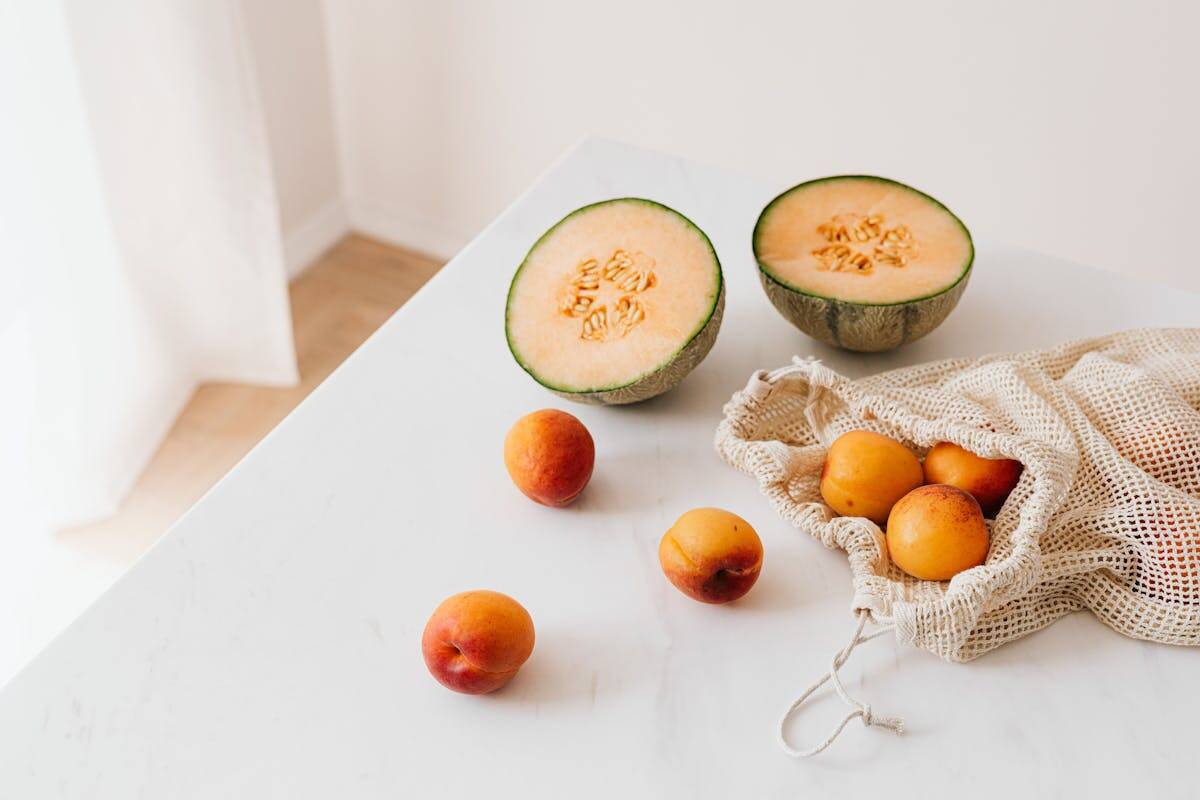
Don’t Strive for Perfect — Strive for Progress
It’s easy to feel like you need to make all the changes at once—but the truth is, each small step adds up. Whether you’re making one swap a week or one room a month, you’re moving toward a healthier, low-tox lifestyle.
And remember: It’s not about being perfect—it’s about creating a home that supports your family’s health and aligns with your values.







